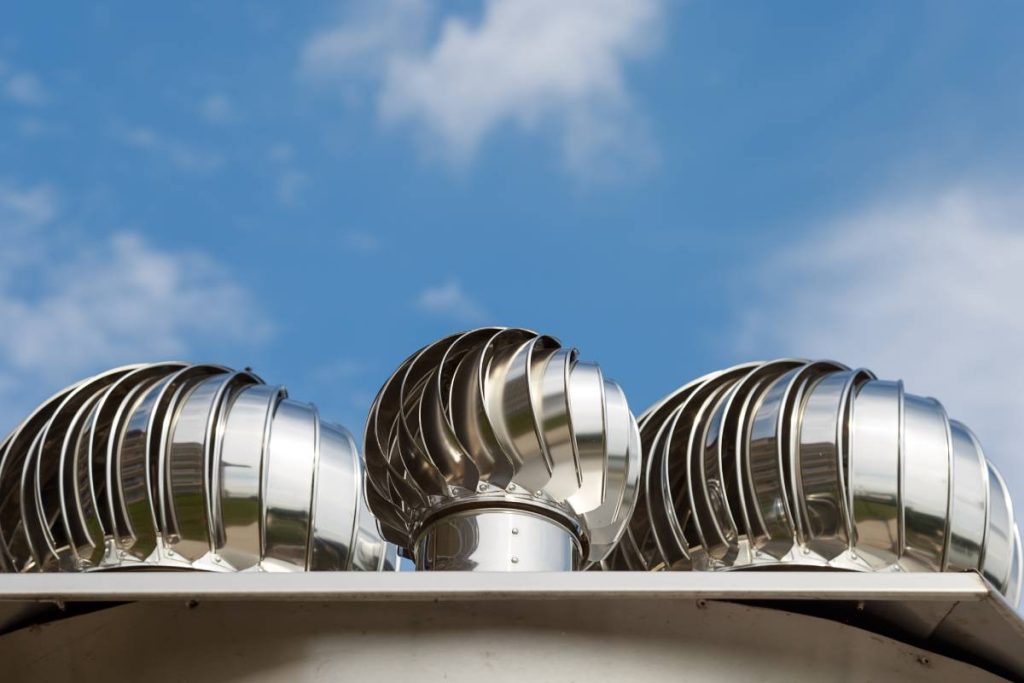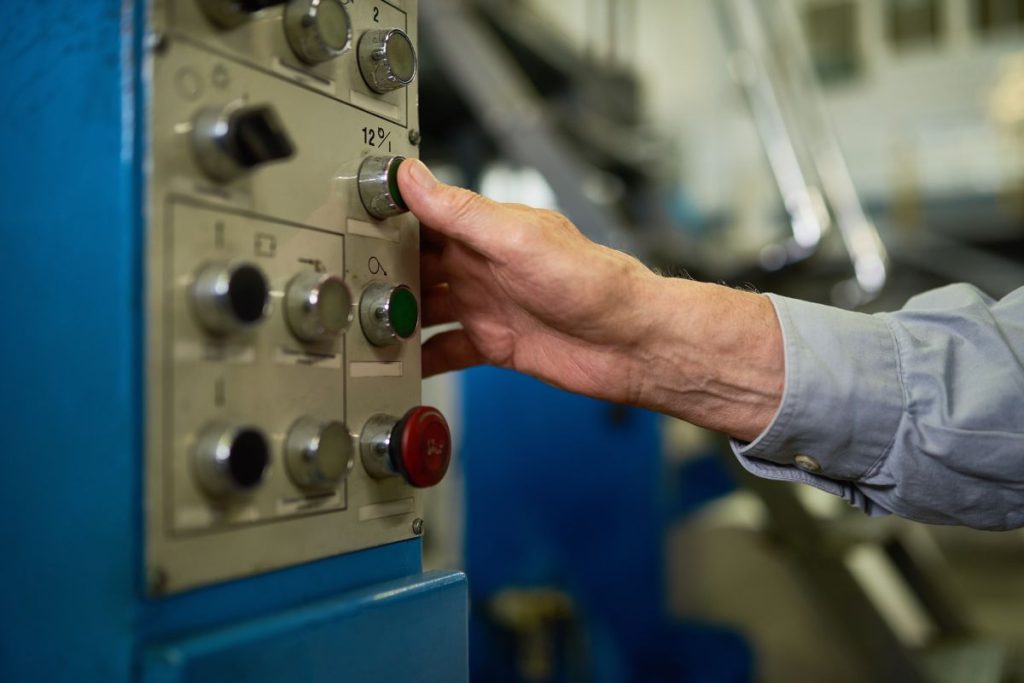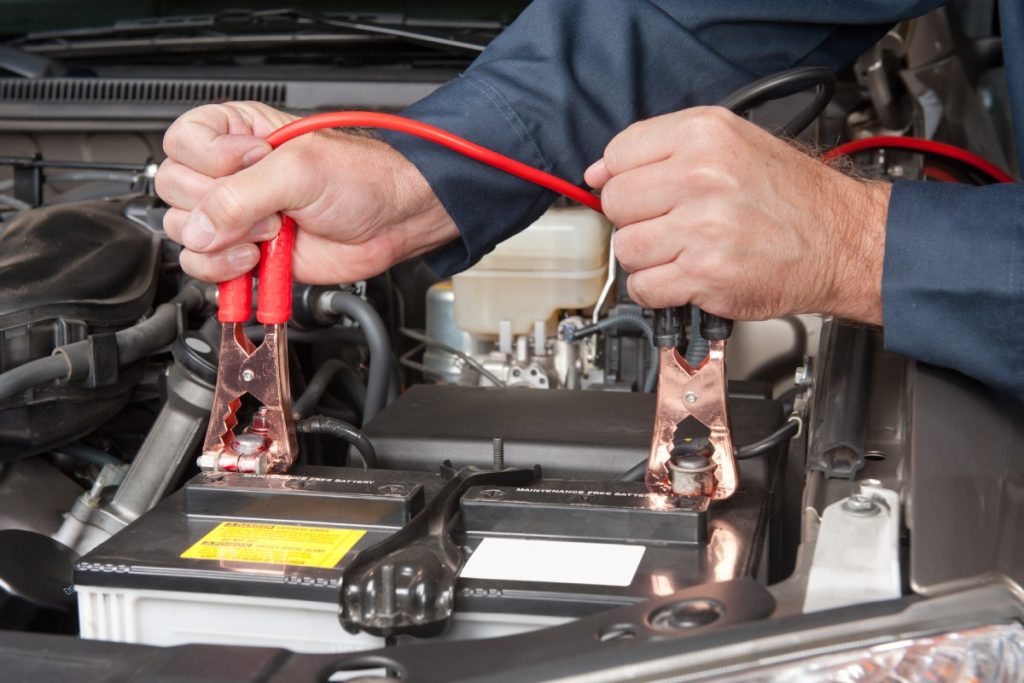Tips to Optimise the Performance of Your Car Audio System

For many people, their car audio system is an essential part of their vehicle that holds pride of place and makes the driving experience infinitely more enjoyable. For others, it is an integral piece of entertainment for the many hours spent sitting in traffic each year. Regardless of how you view your car audio system, almost everyone uses it daily, and even if you use the stock one that shipped with your vehicle, making sure it is performing correctly and not generating unusual or unpleasant sounds is always important as these can be at best annoying and at worst distracting whilst driving. If any of these tips are proving tricky or you cannot easily access your speakers, then you should seek help from your local car audio tuning and repairs specialists.

Ensure your speakers are in phase
Having your speakers operating in phase with each other is a fancy way of saying in sync. This means that the cones in the speakers that vibrate to generate the sound should be firing at the same time on every speaker so that the sound is produced synchronously across the system. You can check this by playing some bass-heavy music and setting the balance all the way to one side. Now slowly fade the balance back from the side, to the centre and then off to the other side, if your speakers are in phase with each other then the bass will noticeably increase as it centres and then decreases again as it passes to the opposite side. If your bass doesn’t increase and decrease successfully then the speakers aren’t working correctly with each other. If you can access the speakers, switch the positive and negative leads around on one of them and repeat the test, if it improves leave it, if not swap them back and try another speaker. You should try to do this procedure with the front and rear speakers independently.
Balance your bass
Using an equaliser is something many people overlook in favour of simply cranking the bass all the way up. You really should avoid this for proper calibration and the best sound quality and it is really easy. All you need to do is play something you know well at a reasonably loud, but still comfortable, volume and then gradually adjust the equaliser to introduce the bass. Given that you know this piece of music well, you will be able to detect when it hits the right level and this should apply to pretty much anything you want to play.
Visualisation
One of the great tricks to a properly tuned surround sound system is that if it is done properly you should be able to sit at the epicentre, close your eyes, hear the music coming at you from all angles and visualise yourself at a proper show. If you get an uneven balance of sound then you need to go back and check your system again and try to rebalance it. Remember, nothing should overpower anything else, the system should be in balance and sync with itself for the best results.

 English
English 






































